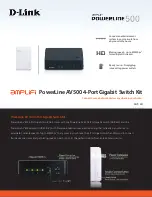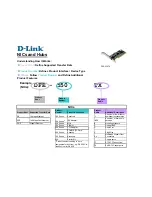
Chapter 5 Where to Go Next
Comprehensive CSS Documentation List
5-26
Cisco Content Services Switch Getting Started Guide
OL-6037-01
Chapter 3,
Configuring User
Profiles
•
Overview of user-profiles
•
User profile configuration quick start.
•
Configuring how to control the output to the system terminal screen
including length of time that a session can be idle before the CSS
terminates it, the number of output lines that the CLI displays, the
--More-- prompt at the bottom of the terminal screen, how the CSS
displays subnet masks, and the total amount of time a session can be
logged in before the CSS terminates it.
•
Globally setting the total amount of time all console, Telnet, SSH or FTP
sessions can be active before the CSS terminates them.
•
Configuring expert mode to turn the CSS confirmation capability on or off.
•
Changing the CLI prompt.
•
Modifying the size of the history buffer that stores the most recent CLI
commands that you enter.
•
Configuring the banner that appears when you log in to the CSS.
•
Copy the running profile from the CSS to the default-profile file, an FTP
server, a TFTP server, or your user-profile file.
Chapter 4, Using the
CSS Logging
Features
•
Enable logging
•
Setting up the log buffer
•
Determining where to send the activity information
•
Displaying and interpreting log messages
Chapter 5,
Configuring Simple
Network
Management Protocol
(SNMP)
•
Overview of SNMP and the MIB.
•
Preparing SNMP on the CSS.
•
Defining the CSS as an SNMP agent. This section includes a quick start.
•
Configuring special enterprise traps to notify the trap host of Denial of
Service (DoS) attacks on your system. This section includes a quick start.
•
Managing SNMP on the CSS.
•
SNMP traps and MIB object lists.
Table 5-2
Cisco Content Services Switch Administration Guide (continued)
Chapter
Contents/Tasks
















































